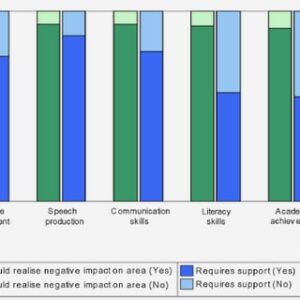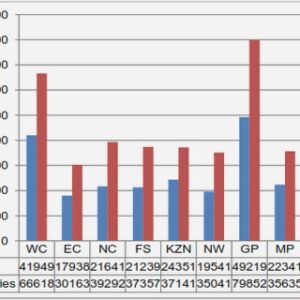(Downloads - 0)
For more info about our services contact : help@bestpfe.com
Table of contents
Chapter 1 — General Introduction
1.1 Islands as models in ecology and evolution
1.2 Convergence and adaptive value of traits
1.3 Convergence in growth habit
1.4 Linking functional traits and plant architecture
1.5 The monocaulous growth habit
1.6 Problematic and objectives
1.7 Thesis outline
Chapter 2 — General methodology
2.1 Study location: the New Caledonian archipelago
2.1.1 Geography and abiotic environment
2.1.2 Geological and Paleoclimatic history
2.1.3 Flora and vegetation
2.2 Plant architecture
2.3 Toward a new definition of monocauly: between structure and function
2.4 List of monocaulous species
Chapter 3 — The monocaulous growth habit: a review
3.1 History and definitions
3.2 Evolution of the monocaulous habit
3.3 Life history and environmental traits associated with monocauly
Chapter 4 — Novitates neocaledonicae VII: A new monocaulous species of Bocquillonia (Euphorbiaceae) from New Caledonia
4.1 Introduction
4.2 Material and Methods
4.3 Taxonomy
4.4 Identification key of McPherson & Tirel (1987), modified to include B. corneri.
Chapter 5 — A remarkable case of evolutionary convergence: correlated evolution and environmental contingencies of monocauly in the flora of New Caledonia
5.1 Introduction
5.2 Materials & methods
5.2.1 Definition of monocauly
5.2.2 Species list and phylogenetic trees
5.2.3 Character coding
5.2.4 Data analysis
5.3 Results…
5.3.1 Taxonomic and phylogenetic distribution of monocaulous plants
5.3.2 Genus diversity and endemism
5.3.3 Evolution of monocauly and phylogenetic signals
5.3.4 Contingent and correlated evolution
5.3.5 IUCN risk of extinction status and threats
5.4 Discussion
5.4.1 A remarkable evolutionary convergence
5.4.2 Diversity and endemism of monocaulous lineages
5.4.3 Life history correlates of monocauly
5.4.4 Evolution of plant architecture
5.4.5 A threatened and poorly known growth habit
5.4.6 Environmental contingency and ecological opportunities in New Caledonia.
5.4.7 Conclusions and future directions
Chapter 6 — Evolution of plant architecture, functional diversification and divergent evolution in the genus Atractocarpus (Rubiaceae) for New Caledonia
6.1 Introduction
6.2 Material and methods
6.2.1 Sampling
6.2.2 Branching index and plant architectural traits
6.2.3 Plant functional traits
6.2.4 Data analysis
6.3 Results…
6.3.1 Branching index
6.3.2 Architectural characterization
6.3.3 Functional characterization
6.3.4 Ancestral Character Estimation
6.3.5 Trait based diversification
6.4 Discussion
6.4.1 Evolution of plant architecture
6.4.2 Branching index, Corner’s rules, and ecological strategies
6.4.3 Divergence and ecological opportunities in New Caledonian rainforests
6.4.4 Conclusions
Chapter 7 — Back to Corner: functional characterization and leaf – stem scaling in monocaulous plant
7.1 Introduction
7.2 Material & methods
7.2.1 Study site and sampling
7.2.2 Traits analyzed
7.2.3 Data analysis
7.3 Results…
7.3.1 Functional differences between monocaulous and branched species
7.3.2 Anatomical implication of foliage – stem scaling
7.4 Discussion
7.4.1 Toward a functional characterization of rainforest monocaulous habit
7.4.2 Toward a functional explanation of the foliage – stem scaling
7.4.3 New Caledonian monocauls, a special case of monocauly?
Chapter 8 — General Discussion and Conclusions
8.1 Monocauly in New Caledonia: evolutionary convergence and an element of the archipelago’s functional disharmony?
8.2 Ecological and evolutionary implications of monocauly
8.2.1 A well-defined functional strategy
8.2.2 Environmental constraints on monocauly
8.2.3 Environmental correlates of monocauly in New Caledonia
8.2.4 Monocauly and species diversification
8.3.1 Architectural and functional traits to define growth habits
8.3.2 Heterochronic evolution
8.3.3 The reiteration process: a gap that needs to be filled
8.3.4 Constrained evolution of plant architecture
8.4 Conservation of the flora
8.5 Out of New Caledonia: monocaulies rather than monocauly?
8.6 Conclusion and perspectives
References


